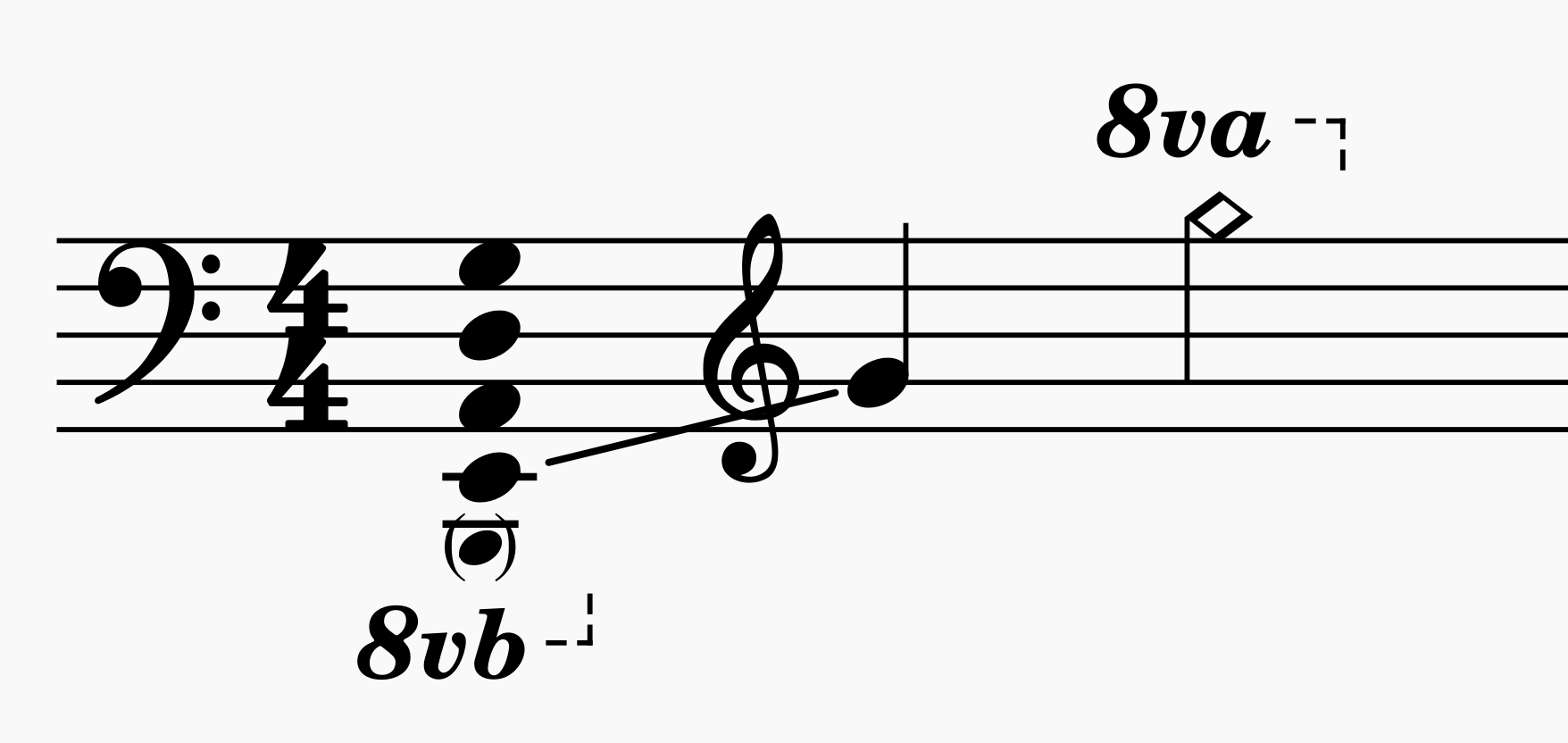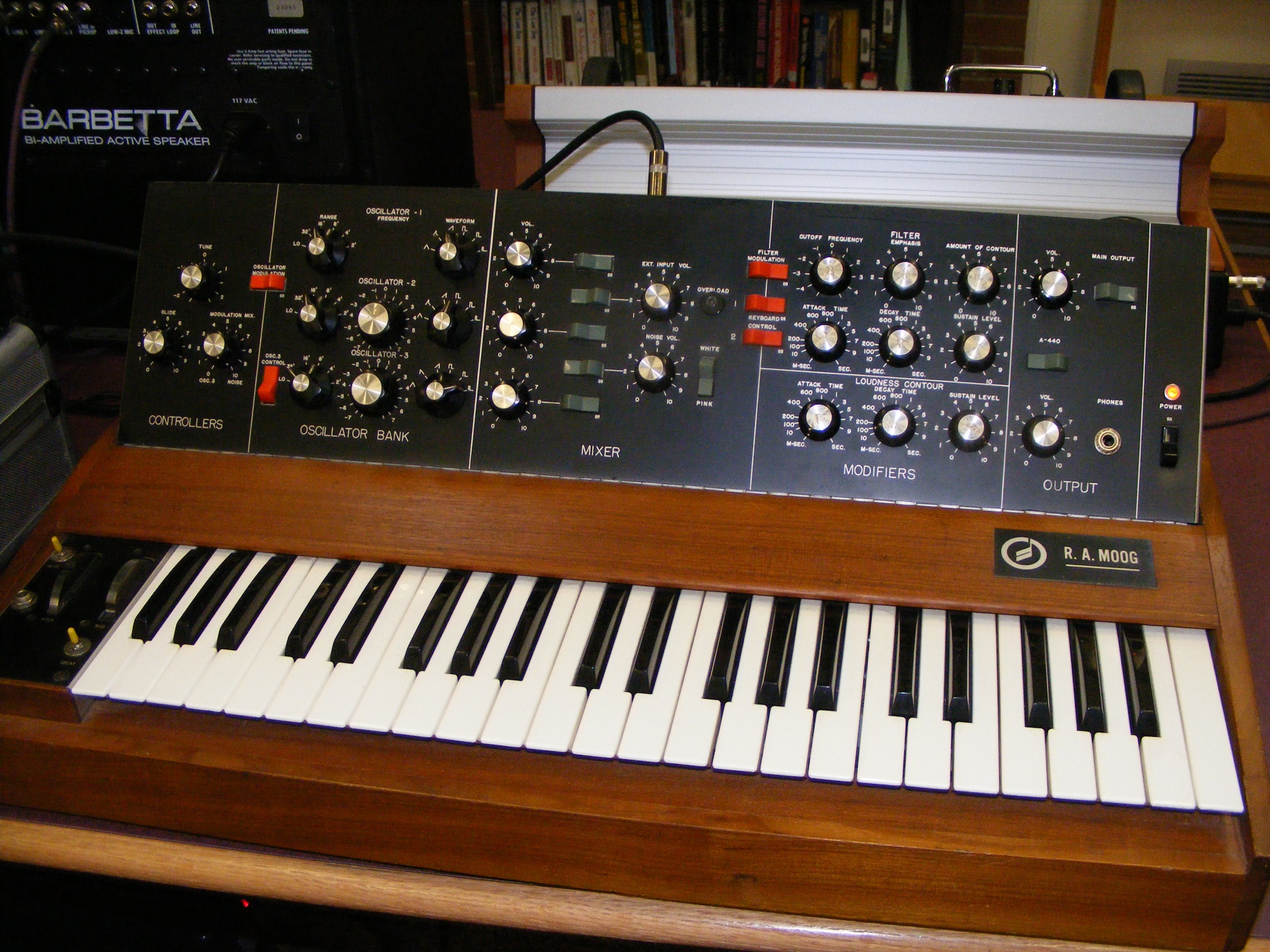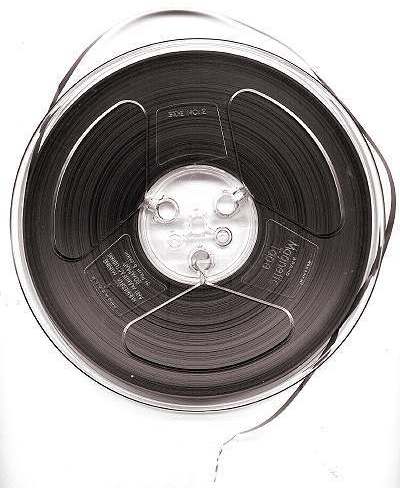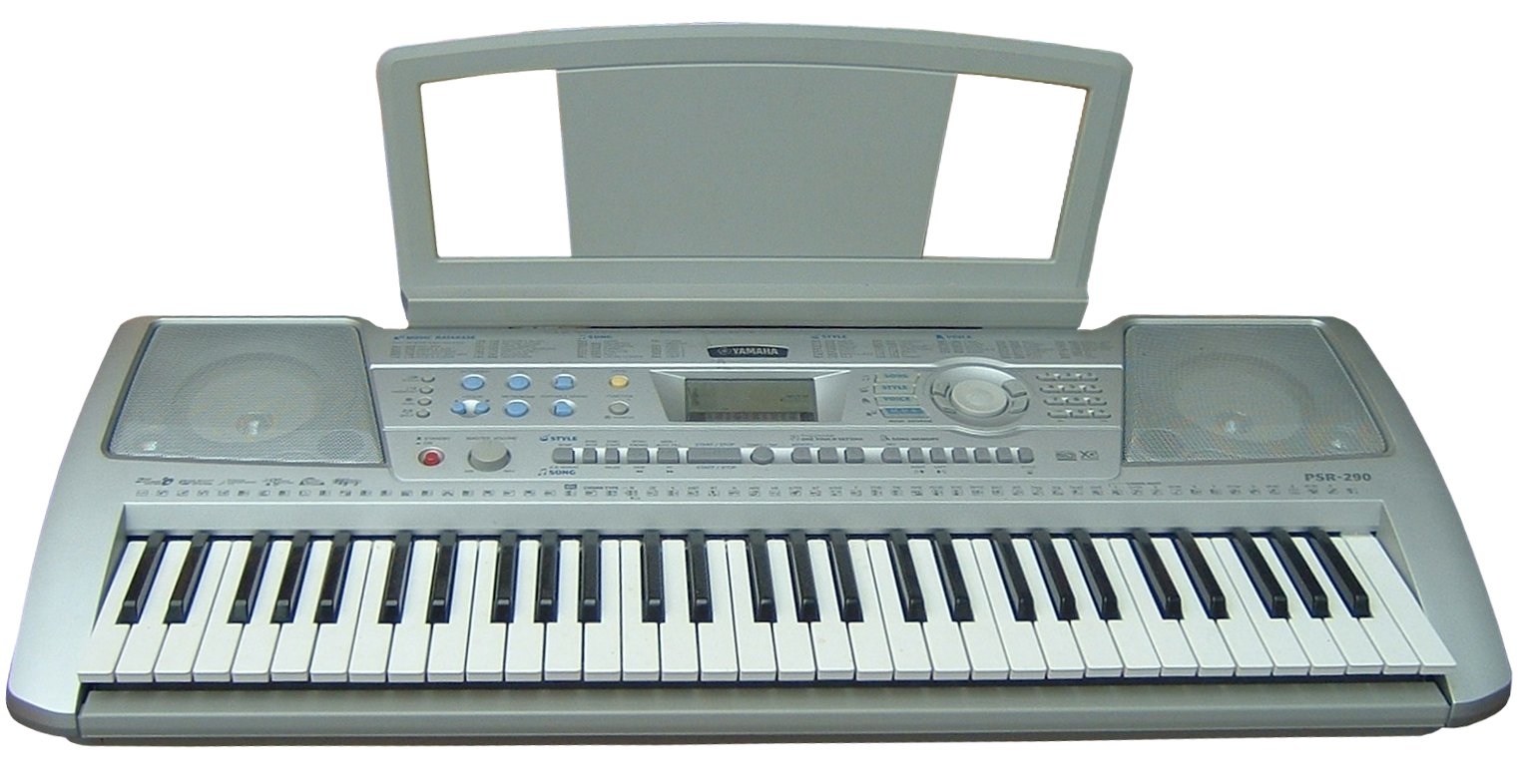|
OOPARTS (Shun Album)
''OOPARTS'' is a compilation album by the Japanese experimental music group Shun, released on DIW Records in 1994. The title of the album references out-of-place artifacts. Overview ''OOPARTS'' includes every song released by Shun over its four-year period of activity. It features heavy use of sampling. Shun's composer Susumu Hirasawa remarked in the album's liner notes that the music did not age well, citing a loss of its original uniqueness and shock value. Track listing Personnel *Susumu Hirasawa - ''shun'' (Vocals, HEAVENIZER), ''SHUN 2nd'', ''SHUN IIIrd SHEETS'' (Drums, Acoustic guitar, Electric Guitar Bass, Keyboard, Voice, Effects, Noise) and ''SHUN・4'' *Akiro "Kamio" Arishima - ''shun'' (Tapes, Percussion) *Akemi Tsujitani - ''shun'' (Vocals, Synthesizer) *Iwao Asama - ''shun'' (Atmosphere) *Yuji Matsuda - ''SHUN 2nd'', ''SHUN IIIrd SHEETS'' (Rhythm Adjustment, Electric Bass Guitar, Keyboard, Main Vocals, Effects) and ''SHUN・4'' * Teruo Nakano - ''SHUN 2nd'' *Hi ... [...More Info...] [...Related Items...] OR: [Wikipedia] [Google] [Baidu] |
Compilation Album
A compilation album comprises tracks, which may be previously released or unreleased, usually from several separate recordings by either one or several performers. If by one artist, then generally the tracks were not originally intended for release together as a single work, but may be collected together as a greatest hits album or box set. If from several performers, there may be a theme, topic, time period, or genre which links the tracks, or they may have been intended for release as a single work—such as a tribute album. When the tracks are by the same recording artist, the album may be referred to as a retrospective album or an anthology. Content and scope Songs included on a compilation album may be previously released or unreleased, usually from several separate recordings by either one or several performers. If by one artist, then generally the tracks were not originally intended for release together as a single work, but may be collected together as a greatest hi ... [...More Info...] [...Related Items...] OR: [Wikipedia] [Google] [Baidu] |
Sampler (musical Instrument)
A sampler is an electronic or digital musical instrument which uses sound recordings (or " samples") of real instrument sounds (e.g., a piano, violin, trumpet, or other synthesizer), excerpts from recorded songs (e.g., a five-second bass guitar riff from a funk song) or found sounds (e.g., sirens and ocean waves). The samples are loaded or recorded by the user or by a manufacturer. These sounds are then played back by means of the sampler program itself, a MIDI keyboard, sequencer or another triggering device (e.g., electronic drums) to perform or compose music. Because these samples are usually stored in digital memory, the information can be quickly accessed. A single sample may often be pitch-shifted to different pitches to produce musical scales and chords. Often samplers offer filters, effects units, modulation via low frequency oscillation and other synthesizer-like processes that allow the original sound to be modified in many different ways. Most samplers have ... [...More Info...] [...Related Items...] OR: [Wikipedia] [Google] [Baidu] |
Domenico Ghirlandaio
Domenico di Tommaso Curradi di Doffo Bigordi (, , ; 2 June 1448 – 11 January 1494), professionally known as Domenico Ghirlandaio, also spelled as Ghirlandajo, was an Italian Renaissance painter born in Florence. Ghirlandaio was part of the so-called "third generation" of the Florentine Renaissance, along with Verrocchio, the Pollaiolo brothers and Sandro Botticelli. Ghirlandaio led a large and efficient workshop that included his brothers Davide Ghirlandaio and Benedetto Ghirlandaio, his brother-in-law Bastiano Mainardi from San Gimignano, and later his son Ridolfo Ghirlandaio. Many apprentices passed through Ghirlandaio's workshop, including the famous Michelangelo. His particular talent lay in his ability to posit depictions of contemporary life and portraits of contemporary people within the context of religious narratives, bringing him great popularity and many large commissions.Toman, Rolf Life and works Early years Ghirlandaio was born Domenico di Tommaso di ... [...More Info...] [...Related Items...] OR: [Wikipedia] [Google] [Baidu] |
Boris Karloff
William Henry Pratt (23 November 1887 – 2 February 1969), better known by his stage name Boris Karloff (), was an English actor. His portrayal of Frankenstein's monster in the horror film ''Frankenstein'' (1931) (his 82nd film) established him as a horror icon, and he reprised the role for the sequels '' Bride of Frankenstein'' (1935) and '' Son of Frankenstein'' (1939). He also appeared as Imhotep in '' The Mummy'' (1932), and voiced the Grinch in, as well as narrating, the animated television special of Dr. Seuss' '' How the Grinch Stole Christmas!'' (1966), which won him a Grammy Award. Aside from his numerous film roles (174 films), Karloff acted in many live stage plays and appeared on dozens of radio and television programs as well. For his contribution to film and television, Karloff was awarded two stars on the Hollywood Walk of Fame on 8 February 1960. Early life Karloff was born William Henry Pratt on 23 November 1887, [...More Info...] [...Related Items...] OR: [Wikipedia] [Google] [Baidu] |
Bass Guitar
The bass guitar, electric bass or simply bass (), is the lowest-pitched member of the string family. It is a plucked string instrument similar in appearance and construction to an electric or an acoustic guitar, but with a longer neck and scale length, and typically four to six strings or courses. Since the mid-1950s, the bass guitar has largely replaced the double bass in popular music. The four-string bass is usually tuned the same as the double bass, which corresponds to pitches one octave lower than the four lowest-pitched strings of a guitar (typically E, A, D, and G). It is played primarily with the fingers or thumb, or with a pick. To be heard at normal performance volumes, electric basses require external amplification. Terminology According to the ''New Grove Dictionary of Music and Musicians'', an "Electric bass guitar sa Guitar, usually with four heavy strings tuned E1'–A1'–D2–G2." It also defines ''bass'' as "Bass (iv). A contraction of Double bass ... [...More Info...] [...Related Items...] OR: [Wikipedia] [Google] [Baidu] |
Rhythm
Rhythm (from Greek Greek may refer to: Greece Anything of, from, or related to Greece, a country in Southern Europe: *Greeks, an ethnic group. *Greek language, a branch of the Indo-European language family. **Proto-Greek language, the assumed last common ancestor ... , ''rhythmos'', "any regular recurring motion, symmetry#Symmetry in music, symmetry") generally means a "motion, movement marked by the regulated succession of strong and weak elements, or of opposite or different conditions". This general meaning of regular recurrence or pattern in time can apply to a wide variety of cyclical natural phenomena having a Frequency, periodicity or frequency of anything from microseconds to several seconds (as with the riff in a rock music song); to several minutes or hours, or, at the most extreme, even over many years. Rhythm is related to and distinguished from pulse, meter, and beats: In the performance arts, rhythm is the timing of events on a human scale; of music, musical ... [...More Info...] [...Related Items...] OR: [Wikipedia] [Google] [Baidu] |
Synthesizer
A synthesizer (also spelled synthesiser) is an electronic musical instrument that generates audio signals. Synthesizers typically create sounds by generating waveforms through methods including subtractive synthesis, additive synthesis and frequency modulation synthesis. These sounds may be altered by components such as filters, which cut or boost frequencies; envelopes, which control articulation, or how notes begin and end; and low-frequency oscillators, which modulate parameters such as pitch, volume, or filter characteristics affecting timbre. Synthesizers are typically played with keyboards or controlled by sequencers, software or other instruments, and may be synchronized to other equipment via MIDI. Synthesizer-like instruments emerged in the United States in the mid-20th century with instruments such as the RCA Mark II, which was controlled with punch cards and used hundreds of vacuum tubes. The Moog synthesizer, developed by Robert Moog and first ... [...More Info...] [...Related Items...] OR: [Wikipedia] [Google] [Baidu] |
Percussion Instrument
A percussion instrument is a musical instrument that is sounded by being struck or scraped by a beater including attached or enclosed beaters or rattles struck, scraped or rubbed by hand or struck against another similar instrument. Excluding zoomusicological instruments and the human voice, the percussion family is believed to include the oldest musical instruments.'' The Oxford Companion to Music'', 10th edition, p.775, In spite of being a very common term to designate instruments, and to relate them to their players, the percussionists, percussion is not a systematic classificatory category of instruments, as described by the scientific field of organology. It is shown below that percussion instruments may belong to the organological classes of ideophone, membranophone, aerophone and cordophone. The percussion section of an orchestra most commonly contains instruments such as the timpani, snare drum, bass drum, tambourine, belonging to the membranophones, an ... [...More Info...] [...Related Items...] OR: [Wikipedia] [Google] [Baidu] |
Magnetic Tape
Magnetic tape is a medium for magnetic storage made of a thin, magnetizable coating on a long, narrow strip of plastic film. It was developed in Germany in 1928, based on the earlier magnetic wire recording from Denmark. Devices that use magnetic tape could with relative ease record and playback audio, visual, and binary computer data. Magnetic tape revolutionized sound recording and reproduction and broadcasting. It allowed radio, which had always been broadcast live, to be recorded for later or repeated airing. Since the early 1950s, magnetic tape has been used with computers to store large quantities of data and is still used for backup purposes. Magnetic tape begins to degrade after 10–20 years and therefore is not an ideal medium for long-term archival storage. Durability While good for short-term use, magnetic tape is highly prone to disintegration. Depending on the environment, this process may begin after 10–20 years. Over time, magnetic tape made in the 1 ... [...More Info...] [...Related Items...] OR: [Wikipedia] [Google] [Baidu] |
Noise
Noise is unwanted sound considered unpleasant, loud or disruptive to hearing. From a physics standpoint, there is no distinction between noise and desired sound, as both are vibrations through a medium, such as air or water. The difference arises when the brain receives and perceives a sound. Acoustic noise is any sound in the acoustic domain, either deliberate (e.g., music or speech) or unintended. In contrast, noise in electronics may not be audible to the human ear and may require instruments for detection. In audio engineering, noise can refer to the unwanted residual electronic noise signal that gives rise to acoustic noise heard as a hiss. This signal noise is commonly measured using A-weighting or ITU-R 468 weighting. In experimental sciences, noise can refer to any random fluctuations of data that hinders perception of a signal. Measurement Sound is measured based on the amplitude and frequency of a sound wave. Amplitude measures how forceful the wave is. The e ... [...More Info...] [...Related Items...] OR: [Wikipedia] [Google] [Baidu] |
Sound Effect
A sound effect (or audio effect) is an artificially created or enhanced sound, or sound process used to emphasize artistic or other content of films, television shows, live performance, animation, video games, music, or other media. Traditionally, in the twentieth century, they were created with foley. In motion picture and television production, a sound effect is a sound recorded and presented to make a specific storytelling or creative point ''without'' the use of dialogue or music. The term often refers to a process applied to a recording, without necessarily referring to the recording itself. In professional motion picture and television production, dialogue, music, and sound effects recordings are treated as separate elements. Dialogue and music recordings are never referred to as sound effects, even though the processes applied to such as reverberation or flanging effects, often are called "sound effects". This area and sound design have been slowly merged since th ... [...More Info...] [...Related Items...] OR: [Wikipedia] [Google] [Baidu] |
Electronic Keyboard
An electronic keyboard, portable keyboard, or digital keyboard is an electronic musical instrument, an electronic derivative of keyboard instruments. Electronic keyboards include synthesizers, digital pianos, stage pianos, electronic organs and digital audio workstations. In technical terms, an electronic keyboard is a synthesizer with a low-wattage power amplifier and small loudspeakers. Electronic keyboards are capable of recreating a wide range of instrument sounds (piano, Hammond organ, pipe organ, violin, etc.) and synthesizer tones with less complex sound synthesis. Electronic keyboards are usually designed for home users, beginners and other non-professional users. They typically have Weighted keys, unweighted keys. The least expensive models do not have velocity-sensitive keys, but mid- to high-priced models do. Home keyboards typically have little, if any, digital sound editing capacity. The user typically selects from a range of preset "voices" or sounds, which incl ... [...More Info...] [...Related Items...] OR: [Wikipedia] [Google] [Baidu] |


.jpg)





